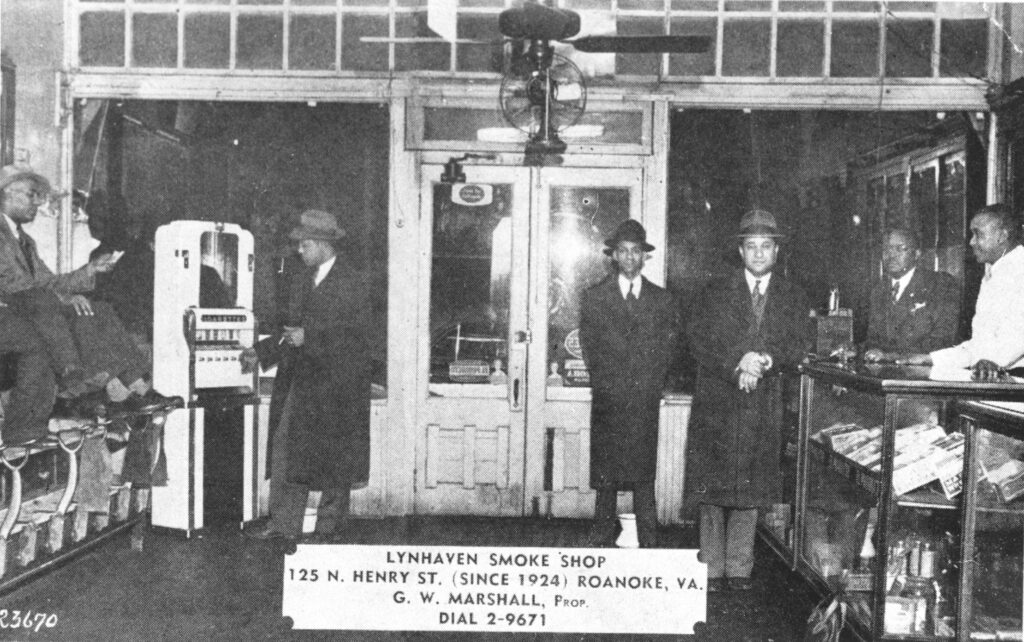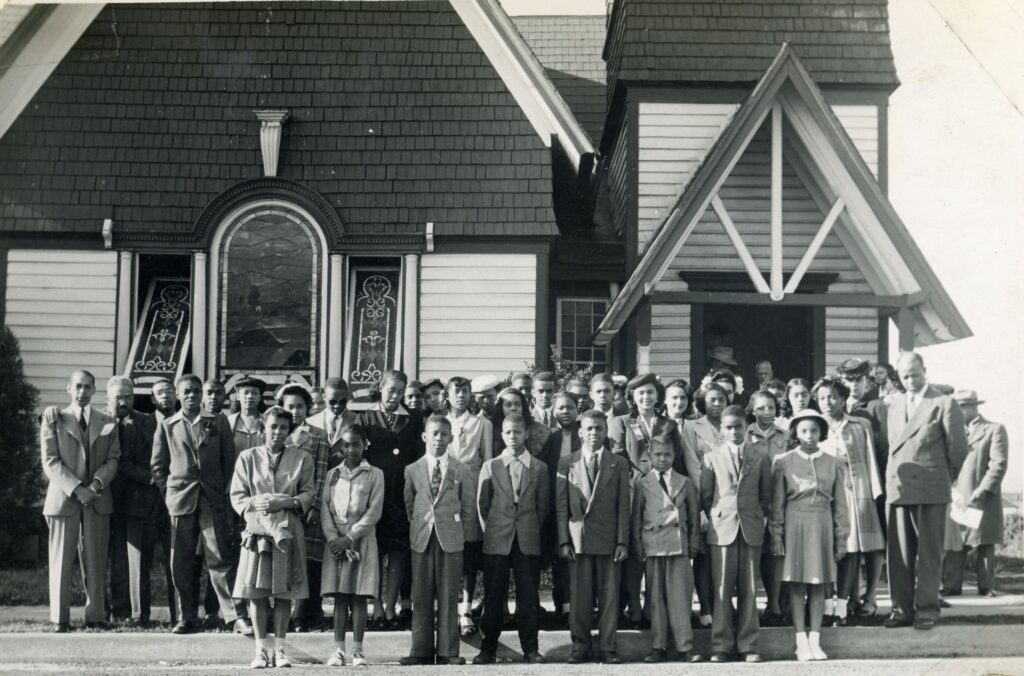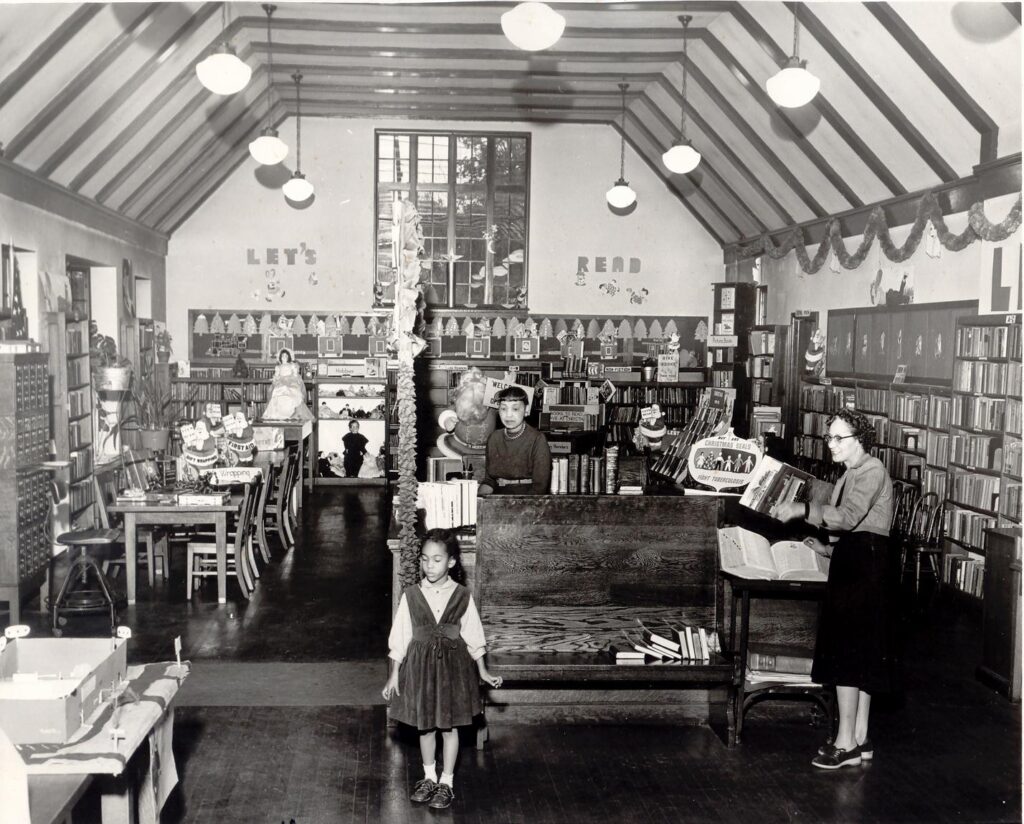History of a Vibrant Community
Gainsboro was the economic and cultural center for Roanoke’s African American community during the time when Jim Crow laws restricted where Blacks could live and do business. From 1915-1970 many Black businesses, medical facilities, churches, civic organizations, and a library were located in the neighborhood.
Businesses
Within Gainsboro, Black entrepreneurs established a vibrant business district, known as Henry Street, where residents shopped, dined, socialized, and sought medical, legal, and other professional services. Henry Street is listed on the National Register of Historic Places for its significant role in commerce/trade, entertainment/recreation, health/medicine, and Black ethnic heritage. From 1915 into the 1970s, over three hundred businesses operated at different times on Henry Street.

Social Life
Bolstering Gainsboro’s social life were many clubs and social organizations that offered residents a chance to gather and discuss common interests. Some of these clubs and organizations included Freemasons, Knights of Pythia, Odd Fellows, the Links, and garden clubs. In addition, residents fostered opportunities for recreation, including Dreamland, which provided a pool and a dance hall for African American patrons, and the William A. Hunton Branch YMCA.
Churches
Churches of a variety of denominations were located in the community, each led by pastors well-entrenched in Gainsboro life. These churches were centers for religious as well as social life, providing congregation members a place to meet and worship.

Gainsboro Branch Library
In 1921 residents established the Gainsboro Branch Library, which became a community center that educated its patrons and enriched life in Gainsboro.

More on the Gainsboro Branch Library
Medicine
Many doctors lived and worked in Gainsboro during this time period. In 1915 five such physicians came together to form Burrell Memorial Hospital, which remained a community institution for decades. Physicians, dentists, and dozens of nurses worked within the community to provide Black patients the most well-informed medical advice and most advanced medical resources of the time.
Within this largely self-sufficient community, Black residents of Roanoke thrived commercially, socially, and professionally.
Sources
Civil rights trailblazers. (n.d.). Interpretive history panel, Historic Gainsboro Walk, Wells Avenue [Panel]. Gainsboro Southwest Community Organization.
Downing, L. C. (1930). Burrell Memorial Hospital, Roanoke, VA. Journal of the National Medical Association, 22(3), 158–159.
Freemasons. (n.d.). [Vertical file]. Gainsboro Branch Library Vertical Files, Roanoke, VA, United States.
Health care and medicine. (n.d.). Interpretive history panel, Historic Gainsboro Walk, Wells Avenue [Panel]. Gainsboro Southwest Community Organization.
The influence of churches in Gainsboro. (n.d.). Interpretive history panel, Historic Gainsboro Walk, Wells Avenue [Panel]. Gainsboro Southwest Community Organization.
Lee, V. Y. & Lewis, C. (1921-2009). Gainsboro Library Records. Gainsboro Branch Library, Roanoke, VA, United States.
Social and cultural life. (n.d.). Interpretive history panel, Historic Gainsboro Walk, Wells Avenue [Panel]. Gainsboro Southwest Community Organization.
